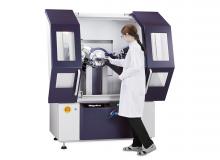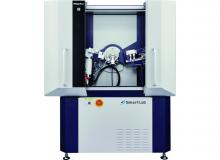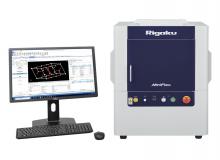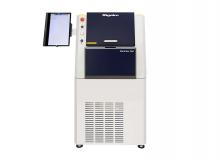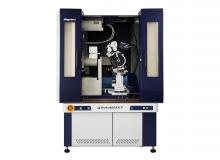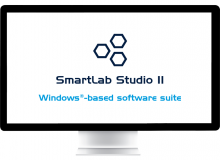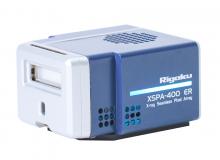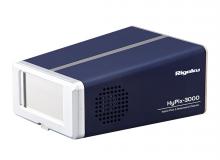Background
In powder X-ray diffractometry, the weight fraction (content) of amorphous materials is obtained using the peak separation method or the Rietveld method. However, the solution from the peak separation method has large errors in some cases, and the Rietveld refinement requires adding a standard sample to the measurement sample. The Direct Derivation (DD) method developed by Rigaku is able to directly calculate the amorphous content from single-phase and mixed-phase measurement data. The following is an analysis example using the DD method, in which the contents of a mixture containing glass powder and two different types of crystal powder were calculated.
XRD products from Rigaku
Advanced state-of-the-art high-resolution XRD system powered by Guidance expert system software
New 6th-generation general purpose benchtop XRD system for phase i.d and phase quantification
Compact X-ray diffractometer for quality control of materials that is easy to use and is ideal for routine work
Laboratory micro-spot XRD residual stress analysis with both iso- and side-inclination methods
2D X-ray detector with latest semiconductor technology designed for home lab diffractometers


